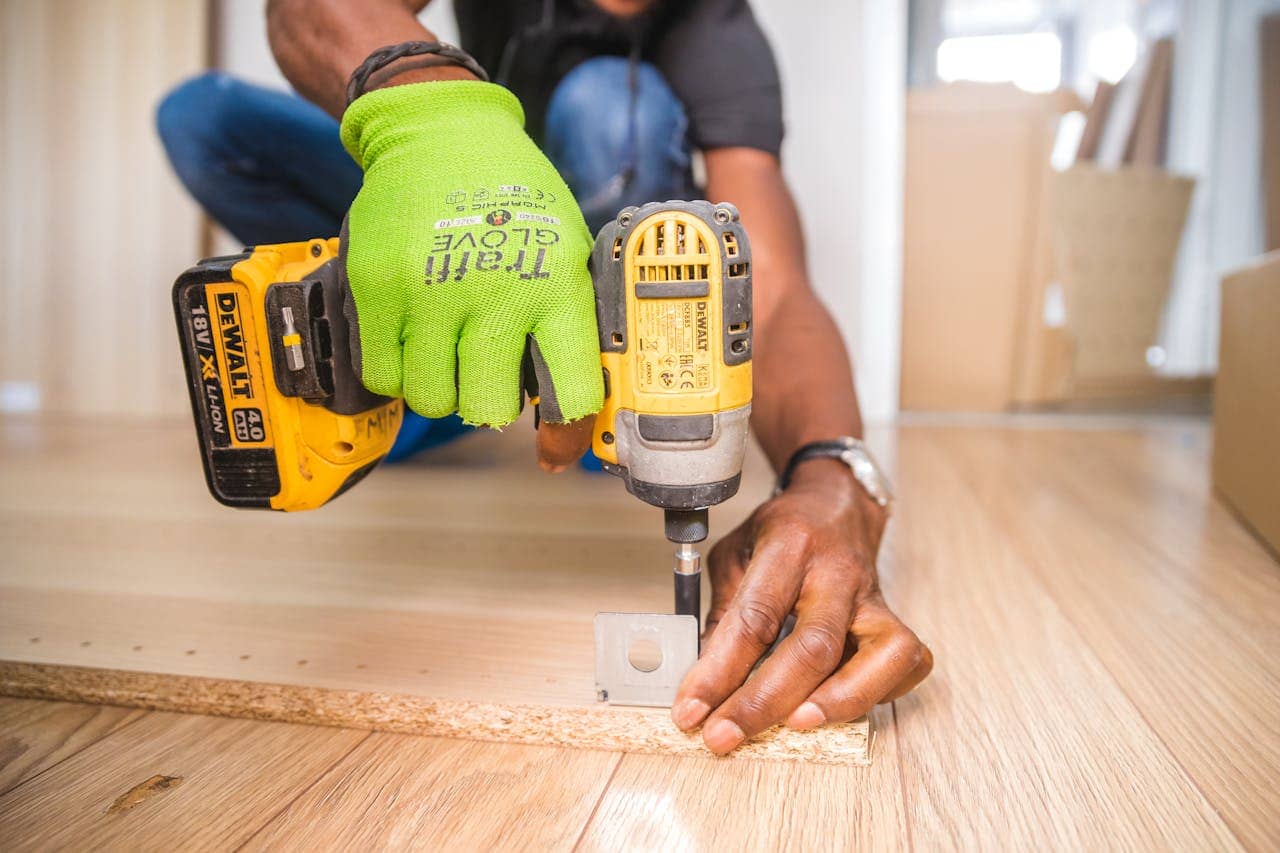Giving your cabinets a facelift is one of the smartest and most cost-effective ways to update your kitchen. Refinishing lets you skip the expense of full cabinet replacement while still dramatically changing the look and feel of the space. But even though it’s more affordable, refinishing comes with a range of costs that can surprise homeowners if they’re not prepared.
To make sure you’re budgeting realistically and choosing the right finish for your needs, let’s break down what you’re really paying for when it comes to cabinet refinishing.
Labor Takes Time—and Time Costs Money
The bulk of your refinishing budget often goes to labor, and for good reason. Refinishing cabinets isn’t a fast job. It takes time to remove all the doors and hardware, clean and sand each surface, apply multiple coats of stain or paint, and then reassemble everything. Professional finishers bring experience and the right tools, which makes a big difference in the final look—but also bumps up the cost.
Design and Detail Add to the Complexity
This is where cabinet refinishing cost can start to climb without you even realizing it. Cabinets with raised panels, intricate moldings, or decorative trims require more time and precision to sand and refinish properly. Flat, minimalist styles are easier (and cheaper) to update, while custom or vintage cabinetry may need a more careful and costly approach.
Surface Condition Impacts the Workload
Before any paint or stain goes on, the existing surface needs to be prepped. Cabinets that are heavily scratched, stained, or damaged take longer to sand and clean. If there’s grease buildup or peeling paint, more labor and materials will be required to get a smooth, clean base. Well-maintained cabinets are faster to refinish and usually cost less.

Materials Depend on Your Desired Finish
Whether you’re going with a modern paint color or a rich, natural stain, the materials you choose will influence your total price. High-end finishes, specialty primers, and sealers can push the cost higher. If you’re aiming for a showroom-level finish, expect to pay more for quality products that hold up over time and resist wear in a busy kitchen.
Where You Live Affects What You Pay
Location matters more than many people think. Refinishing services in big cities or high-cost areas will naturally be more expensive due to labor rates, material pricing, and overhead costs. In smaller towns, you might find more affordable options, but fewer available contractors. Getting a few quotes in your area helps set realistic expectations for your market.
Optional Upgrades Can Add Value—and Cost
 While you’re already giving your cabinets a new look, it’s tempting to throw in extras like updated handles, drawer pulls, or even installing soft-close mechanisms. These small upgrades enhance function and style but will bump up the total price. Think of them as value-adding details—not must-haves, but nice-to-haves if your budget allows. Cabinet refinishing gives you the chance to transform your kitchen without the price tag of a full remodel.
While you’re already giving your cabinets a new look, it’s tempting to throw in extras like updated handles, drawer pulls, or even installing soft-close mechanisms. These small upgrades enhance function and style but will bump up the total price. Think of them as value-adding details—not must-haves, but nice-to-haves if your budget allows. Cabinet refinishing gives you the chance to transform your kitchen without the price tag of a full remodel.
By understanding what goes into the cost—labor, materials, condition, and even your zip code—you can make smart decisions and avoid unexpected expenses. Whether you’re going all-in on a luxury finish or sticking to a simple refresh, you’ll end up with a space that feels new, polished, and totally you.

